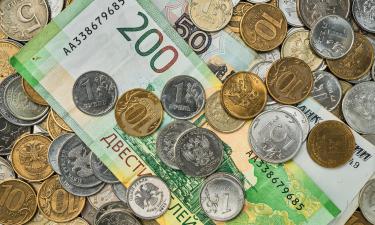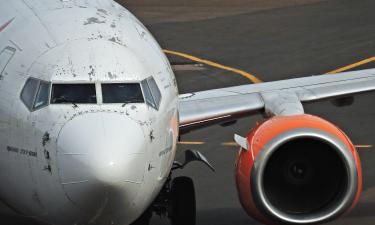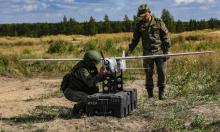Russian scientists developing artificial reproduction techniques for sea urchins
In Primorye Territory (Russia's Far East), scientists at the Pacific Fisheries Research Centre (TINRO-Tsentr) are working on artificial reproduction methods for sea urchins.
Yelena Polenok, the centre's press-secretary, told RIA Novosti that the work is being carried out at the centre's Zapovednoye mariculture centre. The centre, incidentally, was Russia's first institution to build a hatchery to cultivate another marine delicacy - the trepang.
About 30,000 young urchins are already distributed across an experimental bed in Kievka Bay, southern Primorye Territory, Polenok said.
Besides, according to her, Zapovednoye is designed to produce three million trepangs a year. The first batch of viable trepang young was resettled by scientists as early as 2003. This year it is planned to obtain trepang young on a commercial scale.
The main task facing the scientists is to restore marine bioresources. The trepang population, despite a ban on its utilisation, is at a very low level. In Asia-Pacific countries the Far Eastern trepang is in high demand, which acts as a stimulus for poachers that destroy the "marine ginseng". On the Chinese black market one kilo of trepang may fetch up to 150 dollars.
In Primorye, poachers also catch crabs, scallops and sea urchins.
Centre specialists also intend to devise a technology for artificial reproduction of the scallop, Polenok said.
Subscribe to Pravda.Ru Telegram channel, Facebook, RSS!




